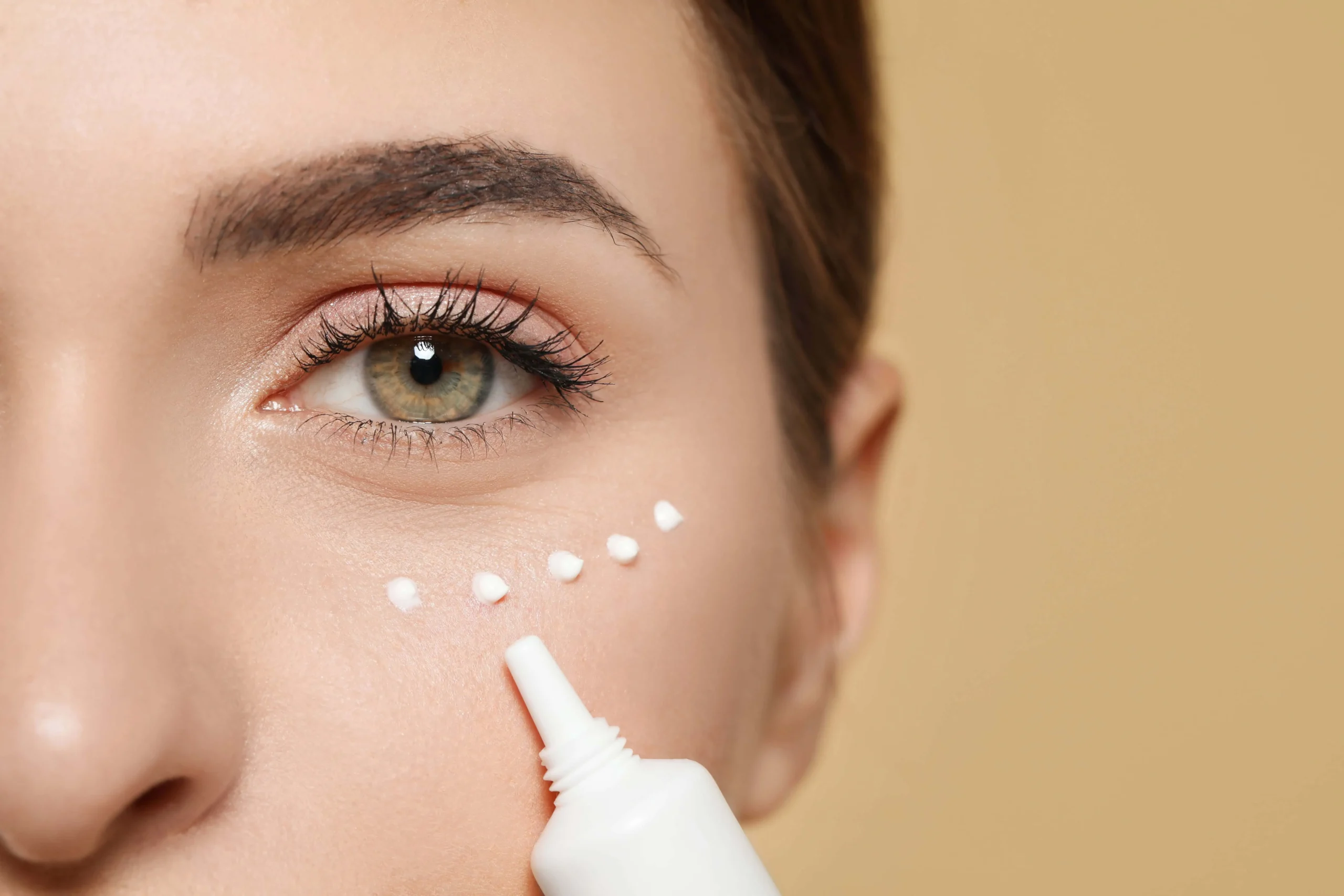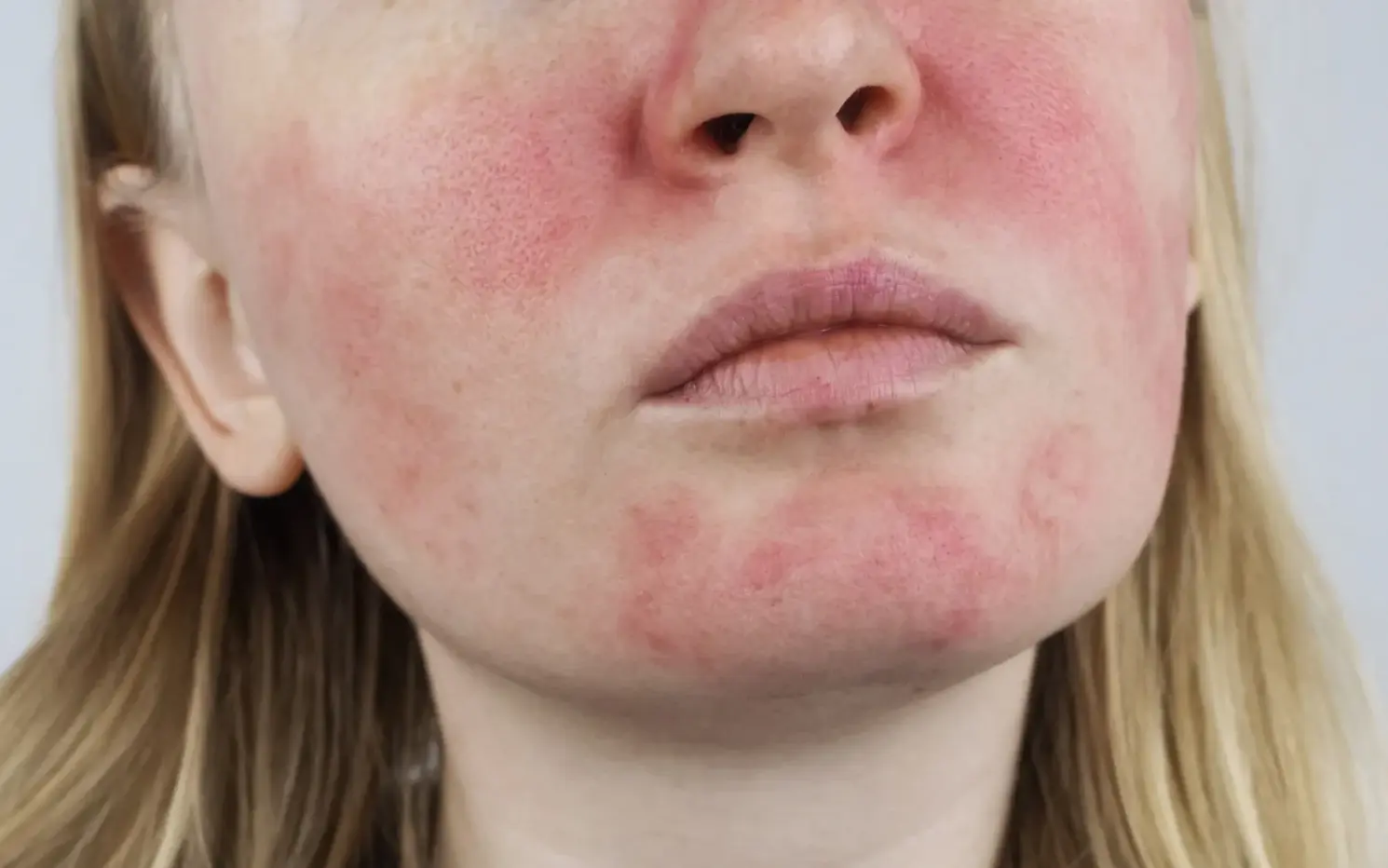Summer is around the corner, which means sunshine, and to a lot of people that means spending time in that sunshine. How do we protect ourselves from over exposure? Which SPF should we use? What ingredients should we be looking for?
There are two types of sunscreens; chemical and physical. To confuse matters more, there are also hybrid. Let’s break down the differences to help make the choice an easier one.
Chemical Sunscreen: A chemical sunscreen is absorbed INTO the skin, which absorbs the UV rays and converts those rays into heat, which the body releases. Common ingredients found in chemical sunscreens are Avobenzone, Octinoxate, and Oxybenzone. Chemical sunscreens offer protection against UVA (aging) rays and UVB (burning) rays. However, these sunscreens can be irritating to sensitive skin types at higher SPFs. Chemical sunscreens are easier to find, spread more easily, and are more resistant to sweat and water.
Physical Sunscreen: A physical sunscreen contains active mineral ingredients such as Titanium Dioxide or Zinc Oxide. These ingredients sit ON TOP of the skin to deflect and scatter damaging UVA rays away from the skin. These ingredients traditionally are also responsible for giving the skin the white cast after application, but newer technology now allows physical sunscreens to be shear. Referred to as a “physical blocker,” this sunscreen is naturally broad spectrum, protects against UVA and UVB rays.
So, which one do we choose?
Any type of protection is better than zero protection. But it truly depends on your circumstances. If you are going to run a marathon or swim, a chemical sunscreen may be a better choice due to its better sweat/water resistance. If you’re looking for day-to-day coverage a physical sunscreen may suit you best. You must be comfortable regardless of which sunscreen you choose. The important message is to protect your skin one way or the other. When it comes to anti- aging, it is important to implement an antioxidant serum underneath the sunscreen. This helps to prevent oxidative stress that leads to visible aging and can increase effectiveness of the sunscreen by 4x due to vitamins C and E.
Remember, always apply sunscreen 15-30 minutes prior to going out in the sun and do not forget to reapply every 2 hours. Also, wear a hat to protect the more delicate skin on your face and SPF-containing lip protection.





